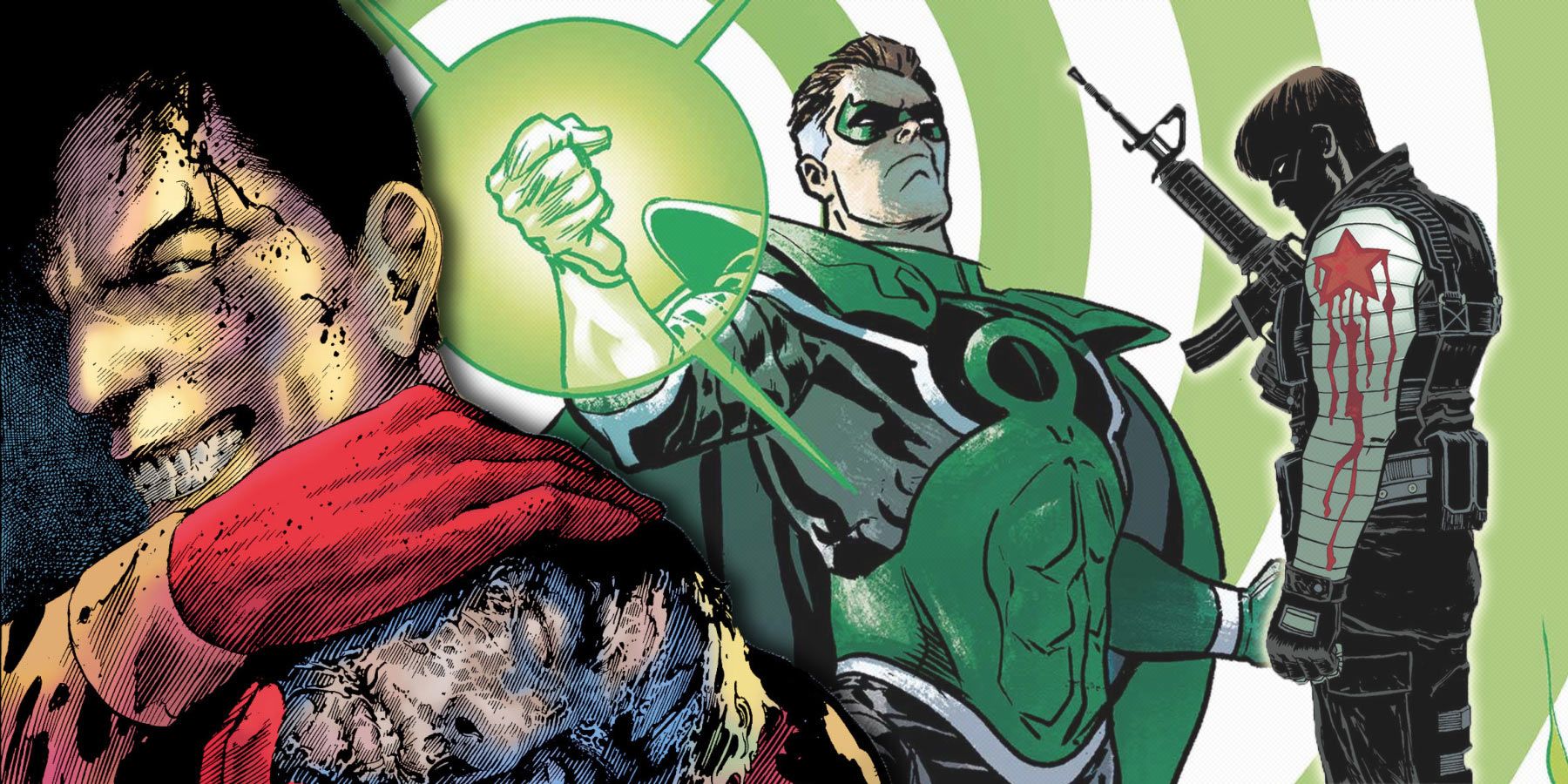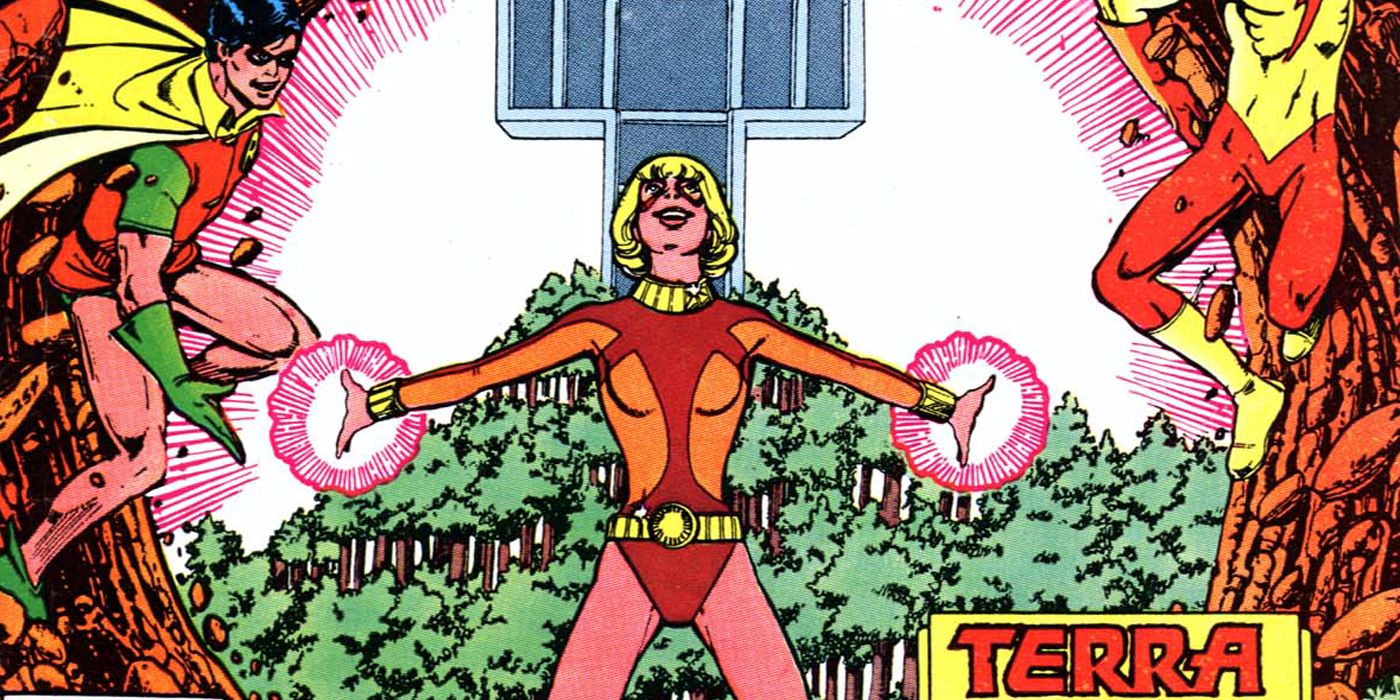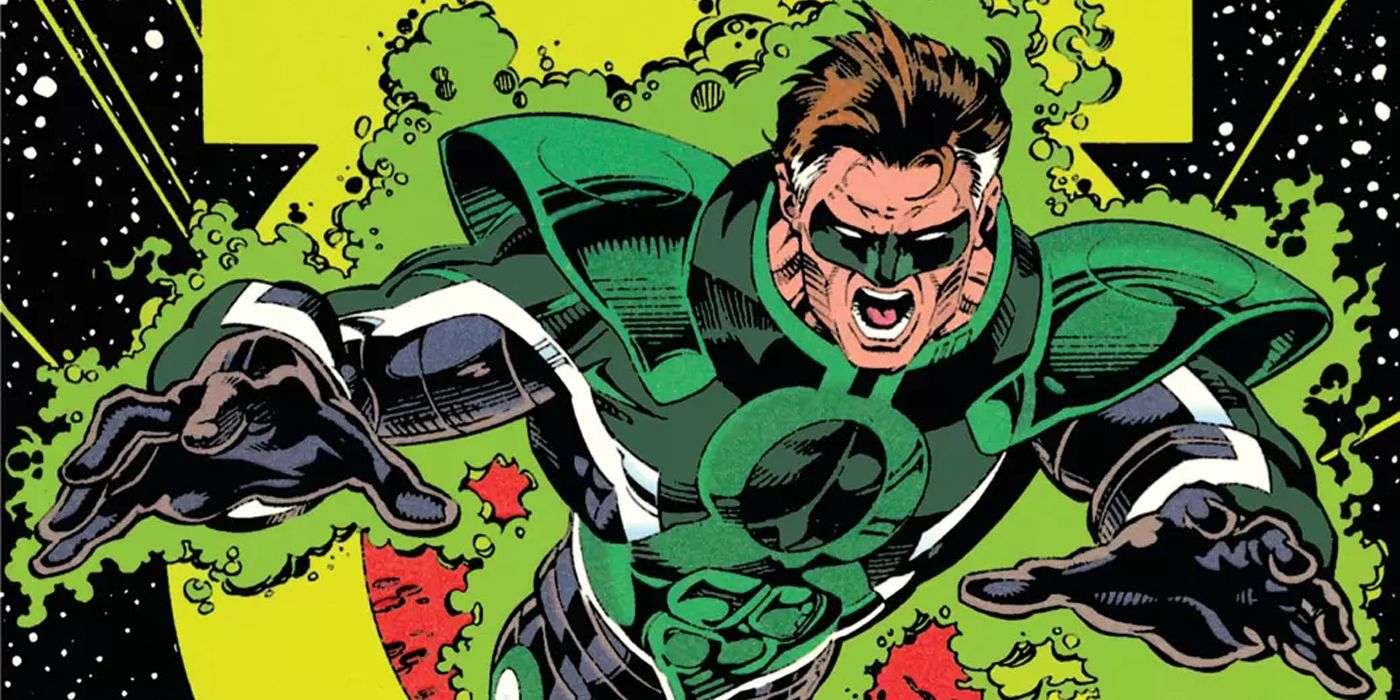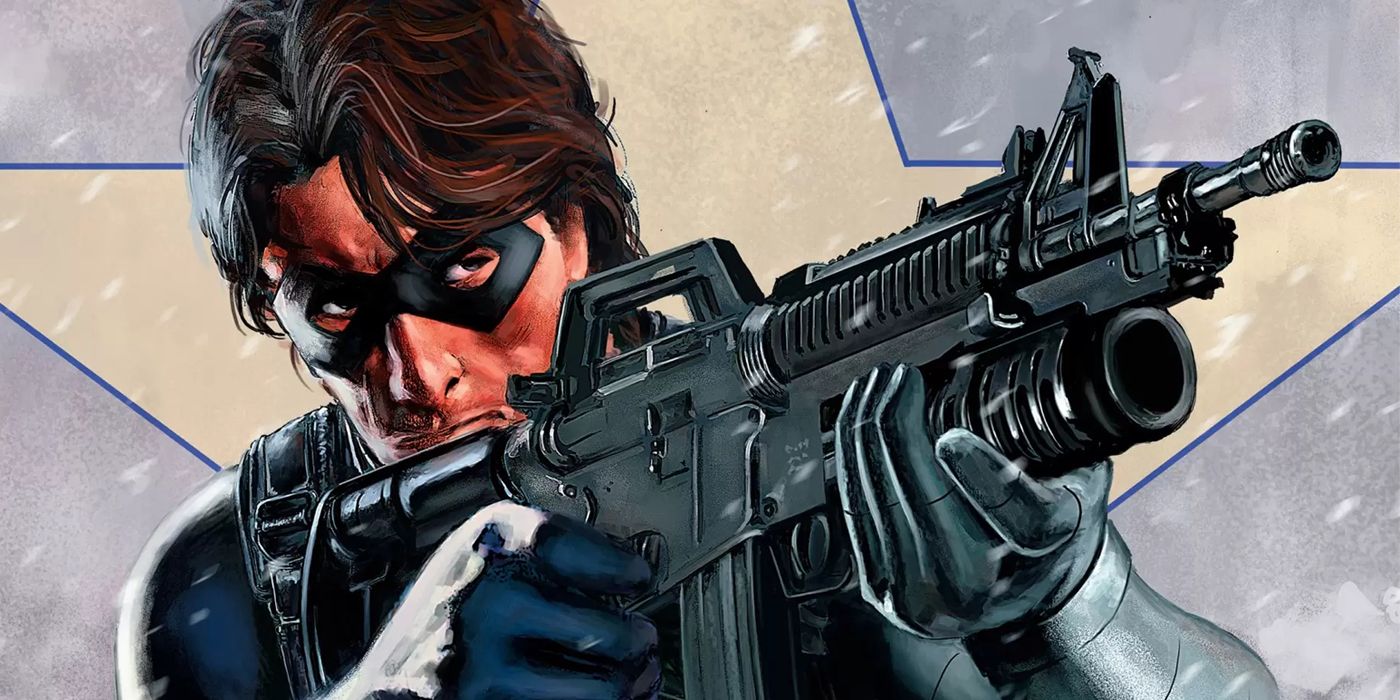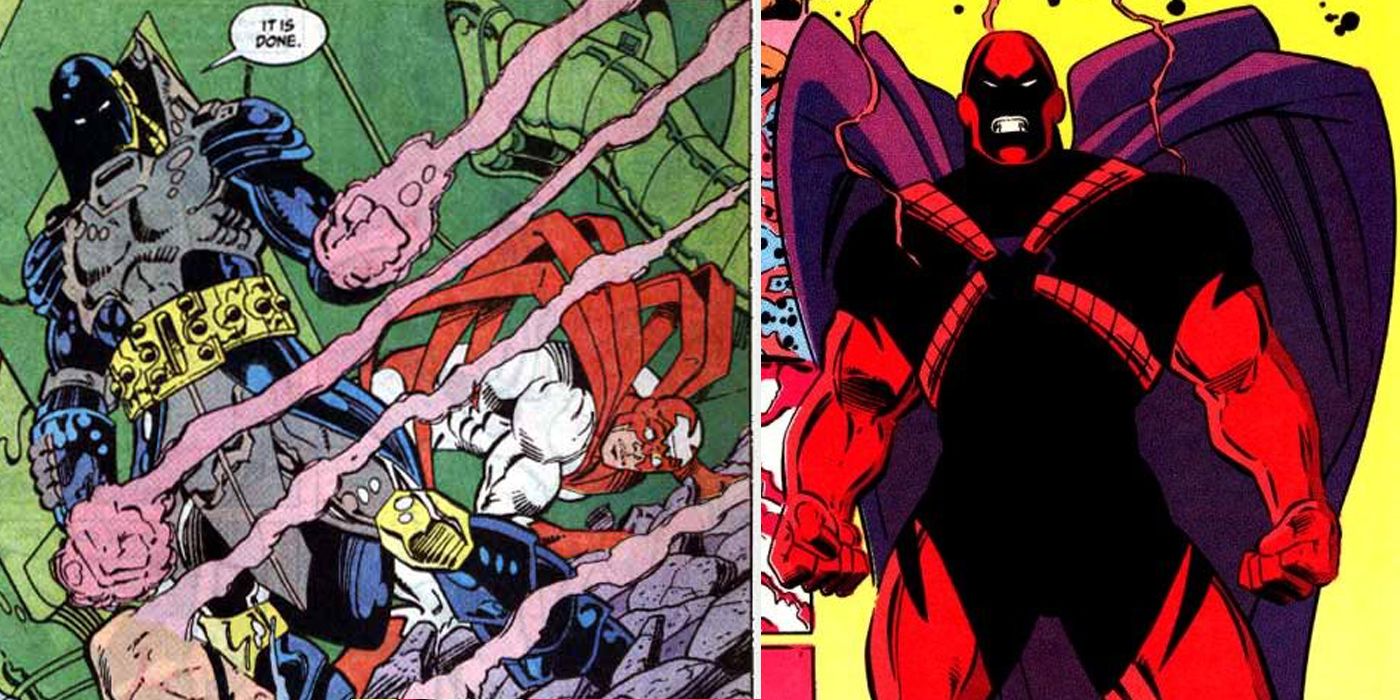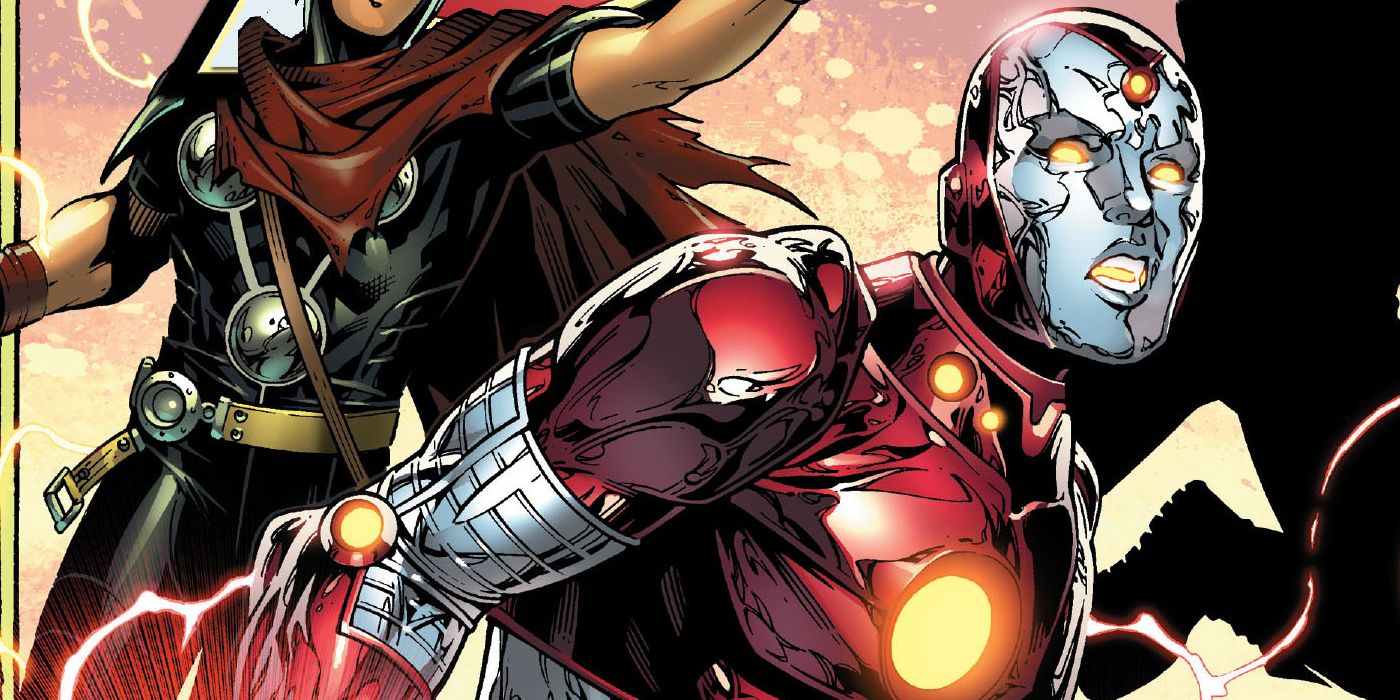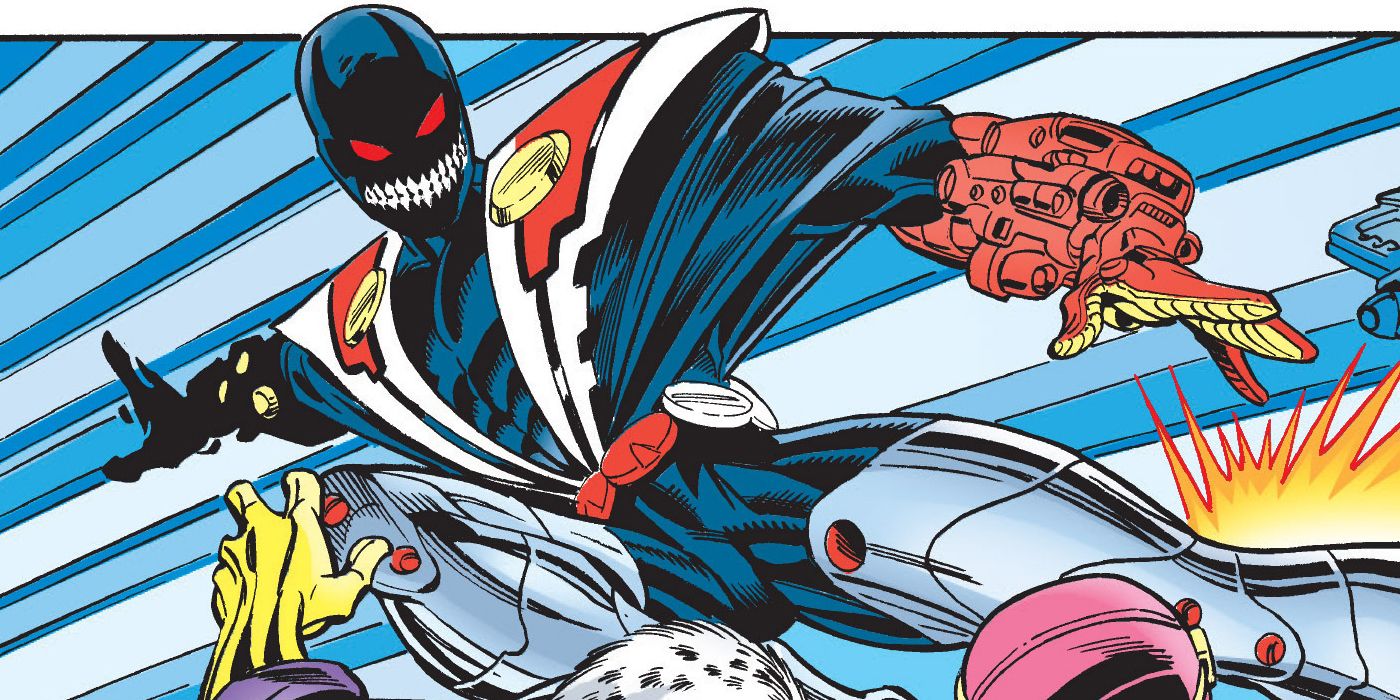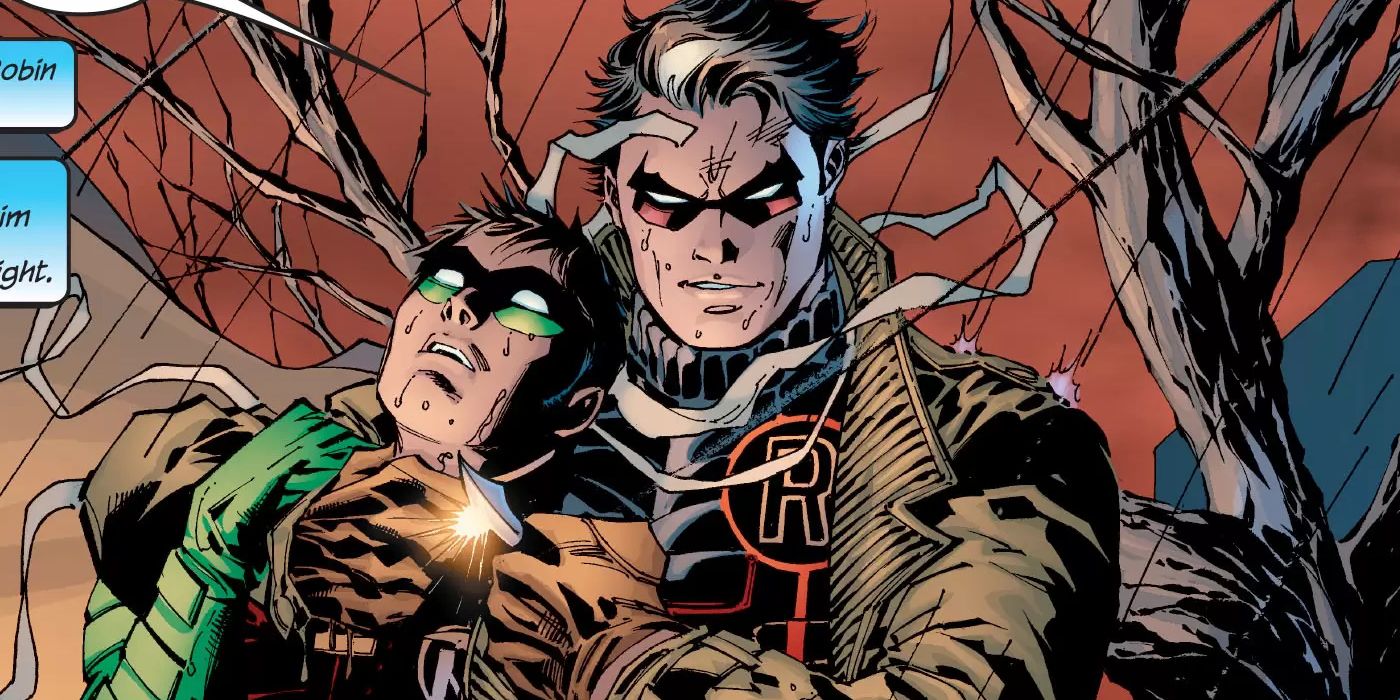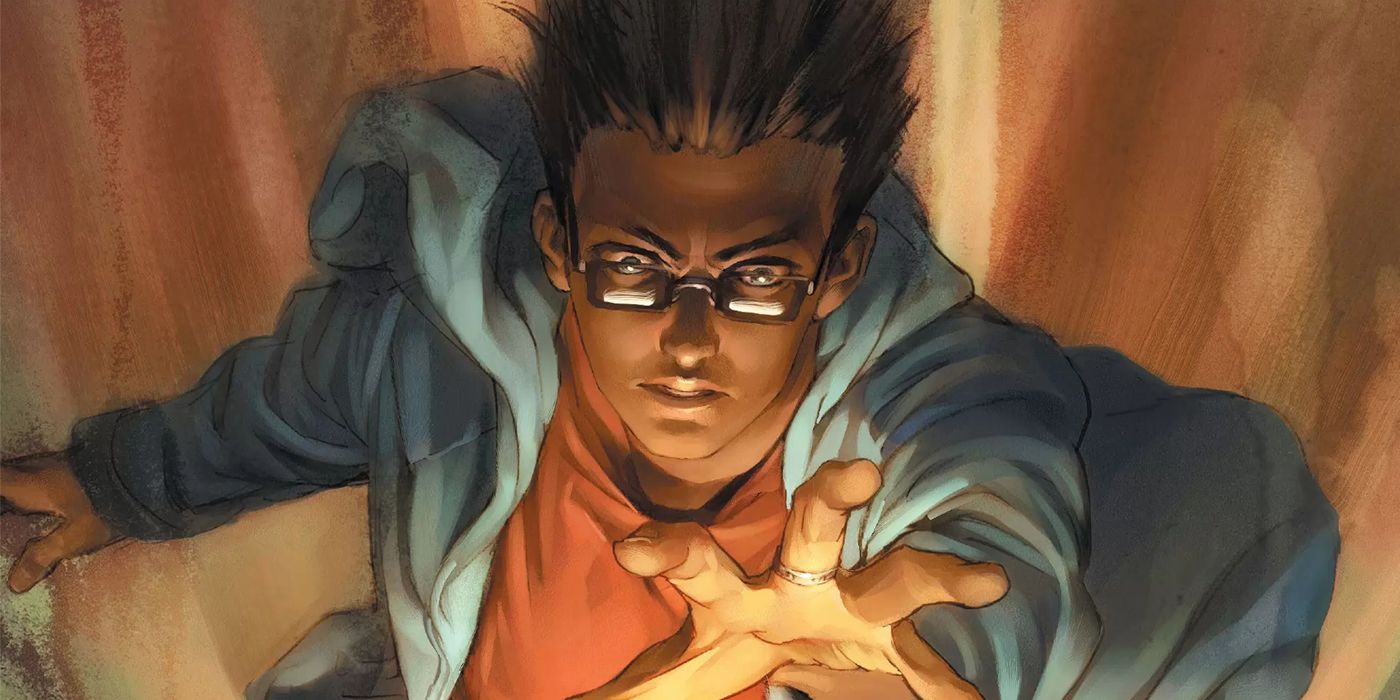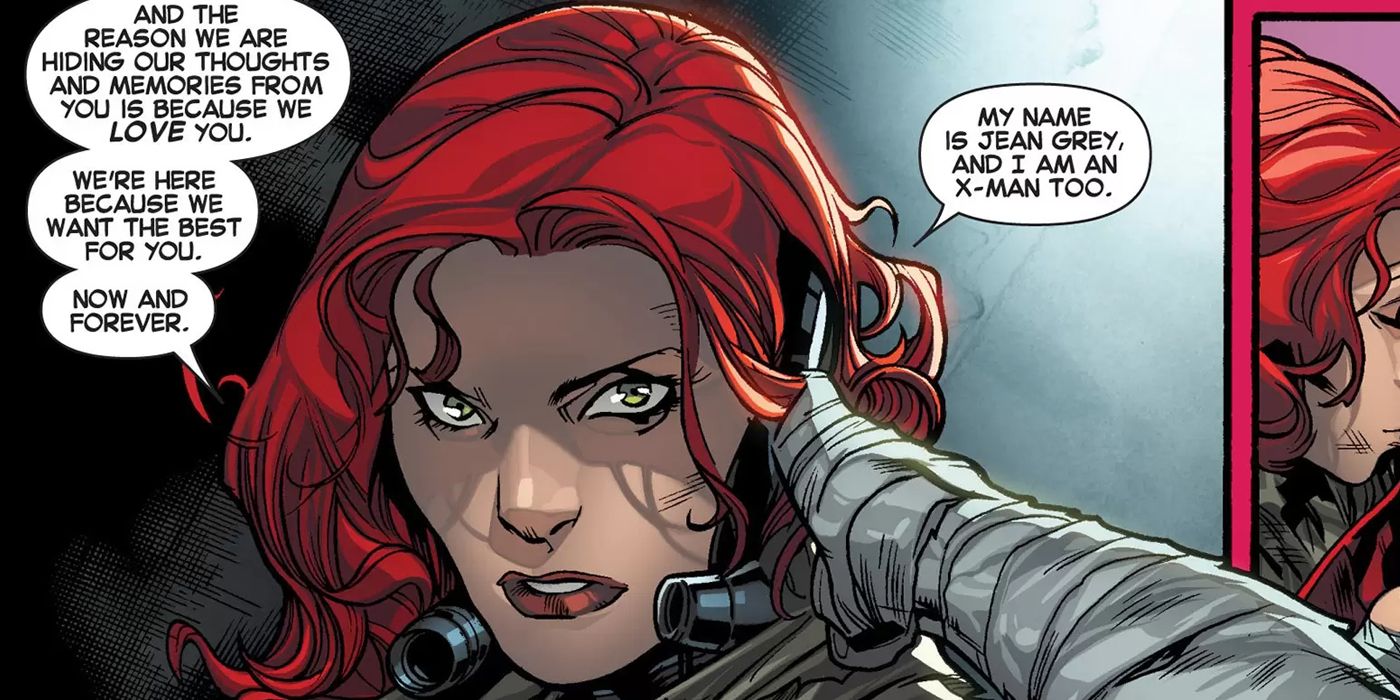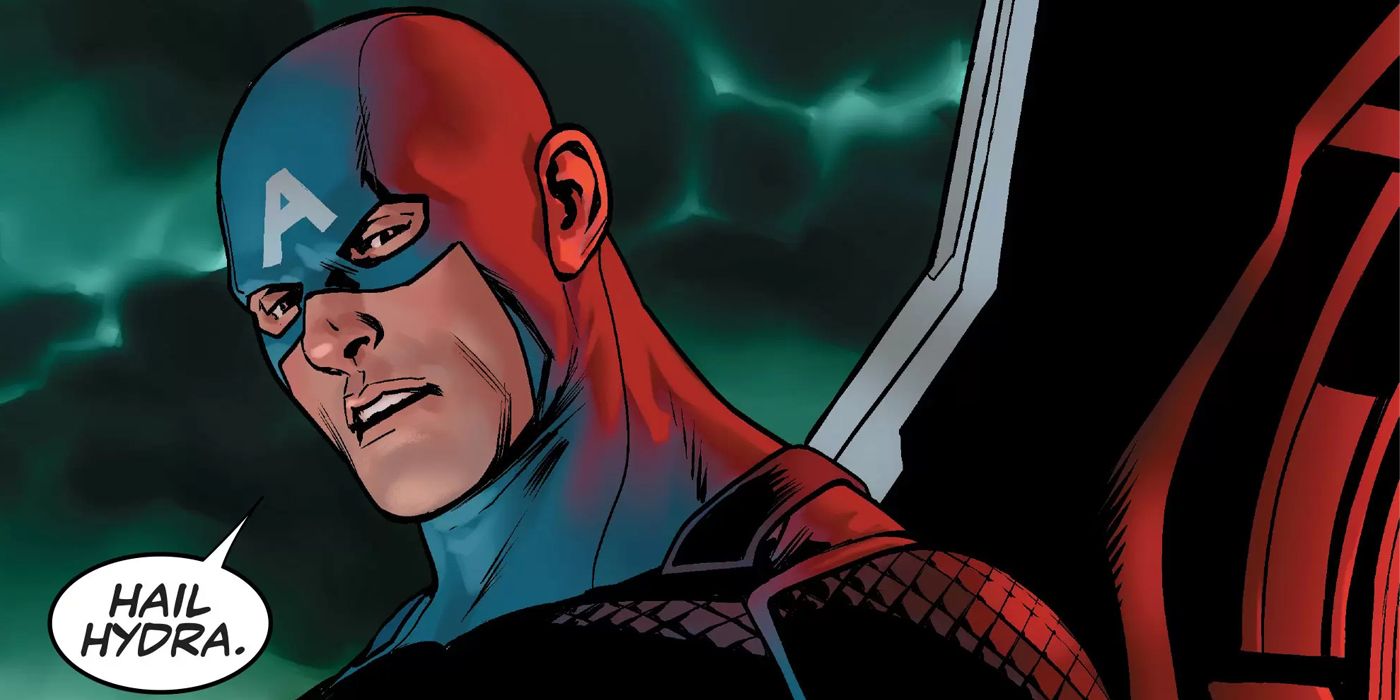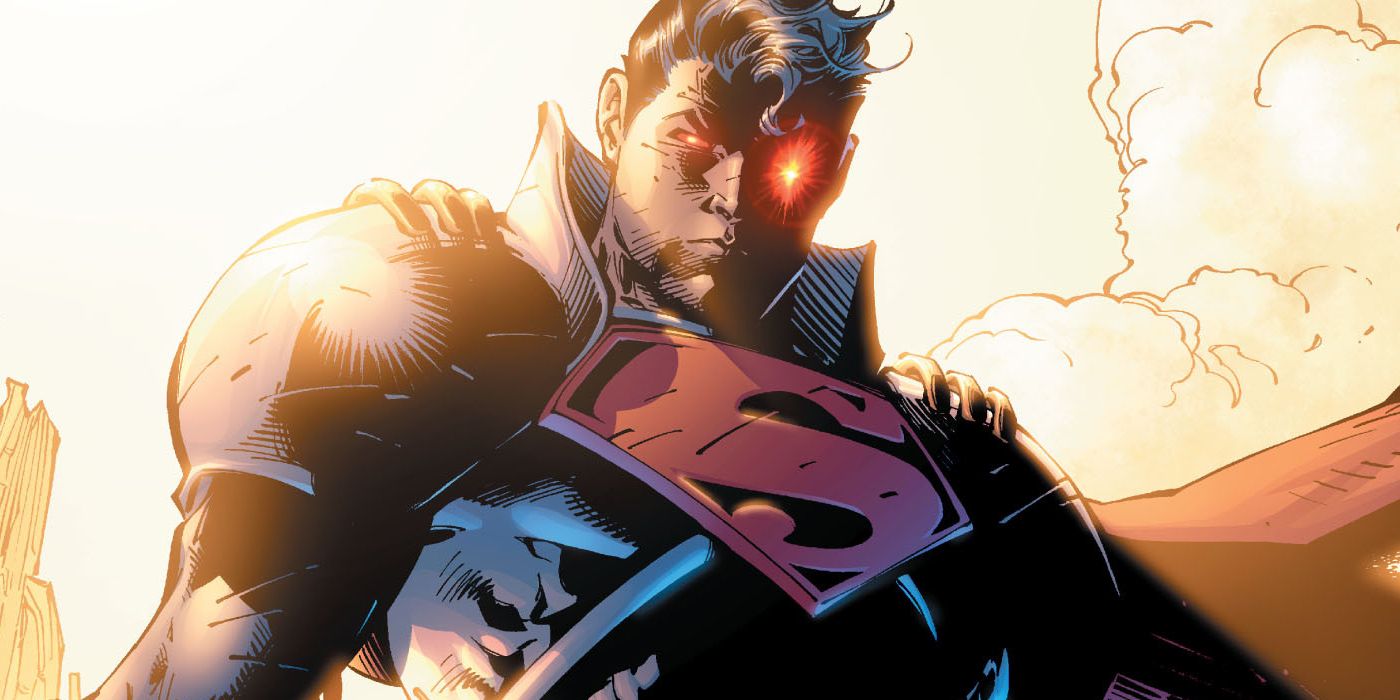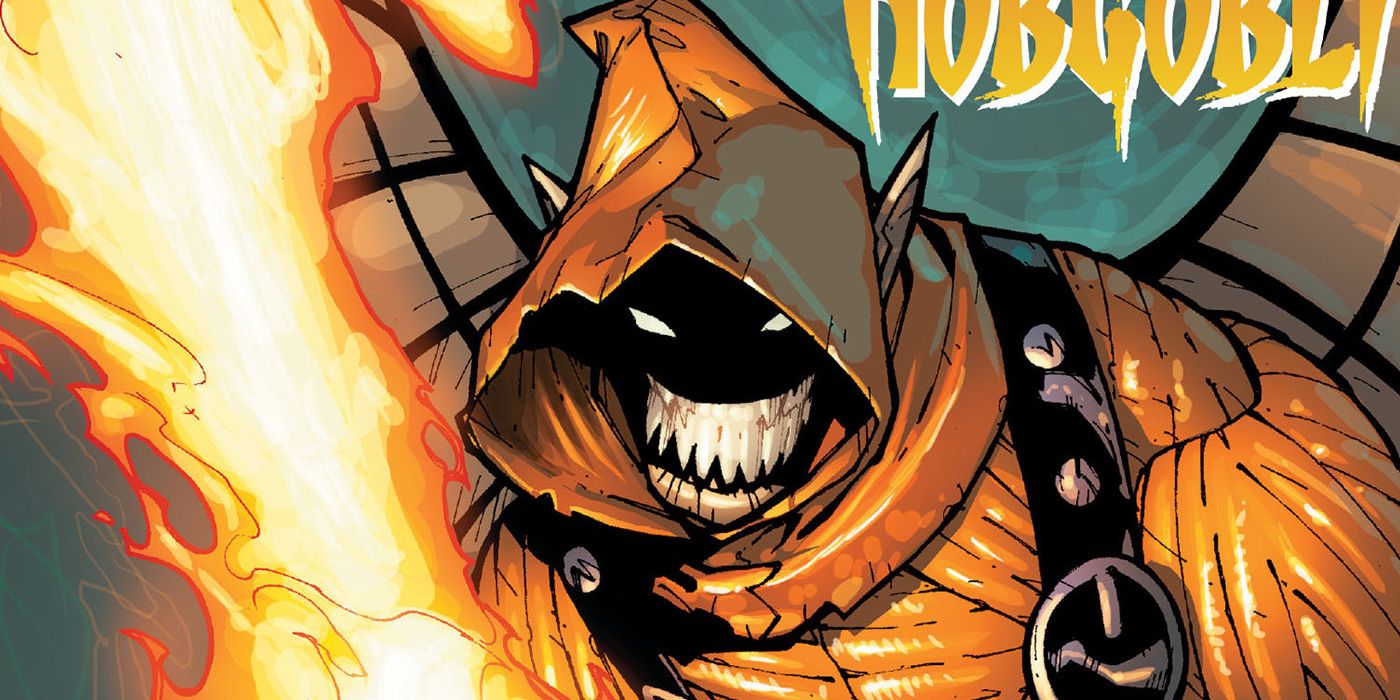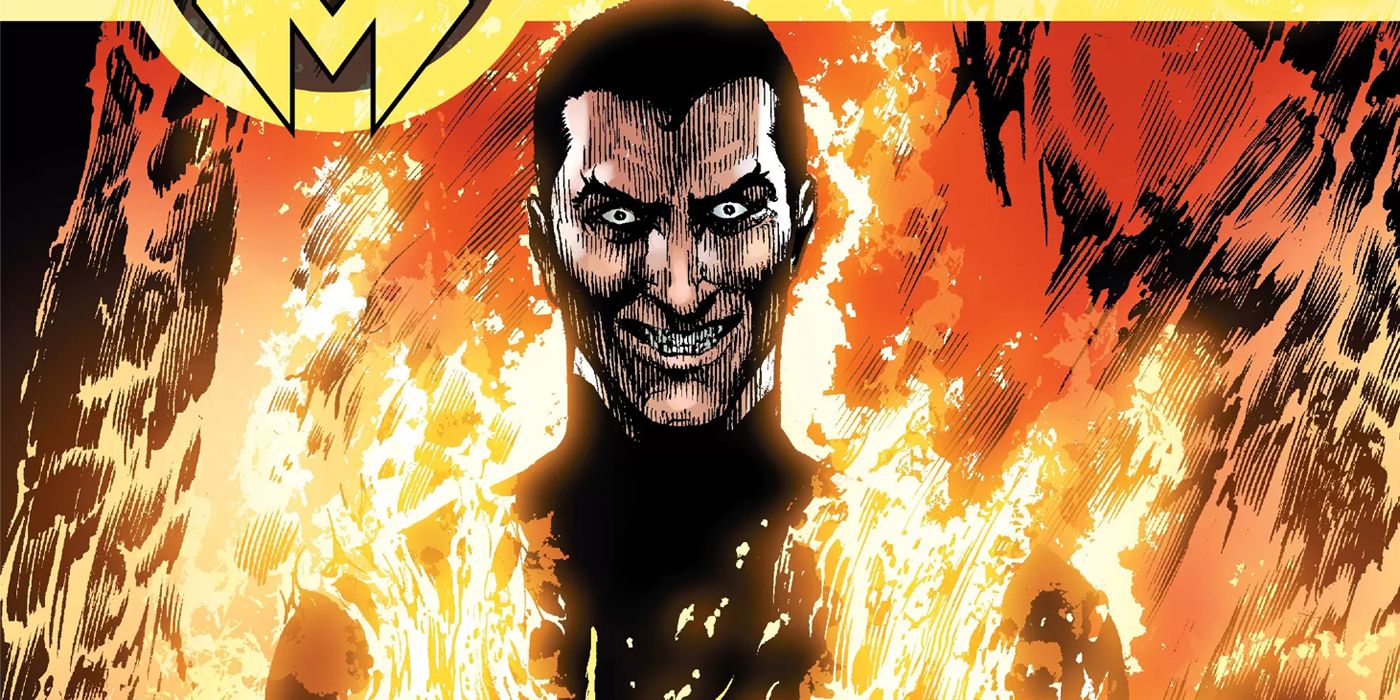With all of the power and none of the responsibility, sometimes it seems like villains have all the fun. Between that and all of the various opportunities to get brain-washed, “AXIS-ed” or otherwise possessed, it’s not surprising that so many heroes have turned to the dark side over the years. A well done hero-turned-villain story is almost inherently compelling, as it casts characters against their former allies and brings new dimensions of complexity to the character.
RELATED: 11 Super Villains Who Are Actually Nice People
In the wake of a potentially dark future of a beloved Marvel hero in "Civil War II #5," CBR takes a look at some of the most notable and tragic heel turns in superhero comics, many of which still echo in today’s ongoing stories. Now, there’s no shortage of symbiotes, malicious spirits or Horsemen of Apocalypse out there, and pretty much every hero has had a villainous turn at one point or another. This list couldn’t possibly hope to list every single heel turn from every single hero, but it represents a sampling that hits most of the big ones.
RELATED: 15 Superheroes Who are Total Jerks
Needless to say, this will be a SPOILER HEAVY list, but we’ll point out the more recent ones before we go too much in depth.
13 Terra
Created by Marv Wolfman and George Perez during their iconic “New Teen Titans” run, Terra was never intended to be a hero. In the seminal story, “The Judas Contract,” Tara Markov, who could control earth and stone, was revealed to be a traitor who had been spying on the Titans for their arch-nemesis Deathstroke. After helping Deathstroke kidnap the team, Terra died when she lost control of her powers. While other characters have used the same codename over the years, this Terra managed to stay dead until DC’s New 52 reboot.
While the group's creators (especially Wolfman) have turned pretty much all of the Teen Titans bad at one time or another, Terra’s betrayal remains a defining moment for the team in their most famous story. “The Judas Contract” also saw Dick Grayson become Nightwing, Kid Flash’s departure from the team and the introduction of Deathstroke’s son Jericho, but Terra’s shocking turn is what made the story a classic still remembered fondly today. Along with an animated adaption planned for 2017, “The Judas Contract” will form the basis of an upcoming crossover between “Deathstroke” and the now adult “Titans.”
12 Hal Jordan
After the destruction of his hometown Coast City, Hal Jordan, Earth’s primary Green Lantern, was driven mad by grief. His attempts to recreate Coast City with his power ring eventually led to him slaughtering most of the Green Lantern Corps, before consuming the power within the Oan Power Battery and becoming the villainous Parallax. In 1993’s “Zero Hour: Crisis in Time,” Hal, as Parallax, tried to rewrite the DC Universe’s history to revive Coast City again. After fan outrage at the tarnishing of Hal’s character, he gave his life to relight a fading sun in 1996’s “Final Night” and briefly became host to the Spectre, DC's Spirit of Vengeance.
In one of the greatest acts of character restoration in comic book history, Geoff Johns and Ethan Van Sciver redeemed Hal Jordan in 2004’s “Green Lantern: Rebirth.” The series revealed that Parallax was actually an ancient fear-monster who had slowly been corrupting Hal Jordan from its prison within the Oan Power Battery before completely taking Hal over. Hal would return to his status as DC’s primary Green Lantern, starring in Johns’ lengthy “Green Lantern” run, which would go on to become one of the last decade’s defining superhero comics.
11 Winter Soldier
Once upon a time, Bucky was kind of a joke. After serving as Captain America’s World War II sidekick, he was killed in a plane explosion orchestrated by Baron Zemo and only appeared in flashbacks for decades. Then in 2005, Ed Brubaker and Steve Epting did the unthinkable by not only bringing Bucky back from the dead, but also making him awesome. After the explosion, Soviet forces captured Bucky’s body, gave him a bionic arm and brain-washed him into becoming one of the world’s premiere assassins. The Winter Solider, as he was called, would be kept in frozen stasis until needed. Under the orders of Soviet General Aleksander Lukin, the Winter Soldier killed Jack Monroe and the Red Skull before capturing the attention of Captain America. Cap recognized his old friend, and soon used the all-powerful Cosmic Cube to restore Bucky’s mind.
Since then, Bucky has become a central character in the Marvel Universe, taking up the mantle of Captain America and joining a few incarnations of the Avengers. The "Winter Solider" storyline was the rough basis for 2014’s “Captain America: The Winter Soldier,” with Sebastian Stan playing the sidekick-turned-mercenary. After appearing in 2016’s “Captain America: Civil War,” Stan’s Bucky seems poised to become a key player in the Marvel Cinematic Universe.
10 Hawk
If everything went according to plan, Hank Hall would not be on this list. As Hawk, part of the duo Hawk & Dove, Hall was a relatively minor hero with super-strength and an anger issue. But when the ending of the 1991 DC crossover “Armageddon: 2001” was leaked, Hall replaced Captain Atom as the mystery hero who would become the future tyrant Monarch. Hall murdered his future self and embraced the Monarch identity, before getting lost in the timestream. After killing and taking the powers of Waverider, a time-traveler from the original “Armageddon: 2001” world, Hall became the time-traveling villain Extant, who killed several heroes during the “Zero Hour” storyline. Extant would eventually be killed and Hall would later be revived, once again as the heroic Hawk.
Hall’s turn as a villain is an unusual take on one of the most common ways evil versions of heroes pop up. After encountering dark versions of themselves from possible futures, most heroes vow to never become the horror that they’ve faced, yet Hall curiously embraced the Monarch persona, and later the role of Extant. Given the role of time-manipulation in “DC Universe: Rebirth,” either one of the villainous personas could show up again sooner than later.
9 Iron Lad
SPOILER WARNING: "Young Avengers" and "Avengers: The Children's Crusade" are discussed below.
Longtime Avengers nemesis Kang The Conqueror has a history of turning good guys bad. However, the greatest act of corruption he committed was ultimately against his younger self. Created by Allan Heinberg and Jim Cheung in 2005’s “Young Avengers,” Iron Lad debuted as a member of the mysterious teen team. It was soon revealed that the future Kang showed his younger self his future misdeeds as a means of inspiration. The younger Kang was horrified and became Iron Lad by donning a neuro-kinetic power-suit to avoid becoming his future villainous self.
Iron Lad eventually realized that, in order to preserve the timestream, he had to fall into the shadow of his destiny and become Kang the Conqueror. During a brief return in “Avengers: The Children’s Crusade,” Iron Lad was enraged to see the death of his teammate and girlfriend Stature, and vowed to become “better than Kang The Conqeror,” before traveling through time again. Iron Lad has popped up a few times since, especially in Jonathan Hickman-scripted books that led up to 2015’s mega-crossover “Secret Wars.”
8 Jack Monroe
Bucky Barnes wasn’t the first Bucky to break bad. That honor goes to Jack Monroe, Bucky to the short-lived Captain America of the 1950s. The ‘50s Cap and Bucky took an incomplete version of the super-soldier serum that slowly drove them both insane. After receiving treatment for the serum’s side-effects, Monroe joined Steve Rogers’ Captain America as Nomad, his aggressive new partner in the 1980s. At the conclusion of “Nomad,” his own solo series, Monroe seemingly died before returning a few years later as the super villain-killer known as Scourge. In the villain-centric title “Thunderbolts,” Scourge would go on to decapitate Baron Zemo and kill multiple members of the team. It was revealed that Monroe had been kept in suspended animation and controlled by Avengers antagonist Henry Gyrich, who was being controlled by Baron Strucker. Monroe eventually broke free of the microscopic nanites being used to control him and disappeared into comic book limbo for years.
He later reappeared and learned that his ersatz super-soldier formula was deteriorating his mind once again and slowly killing him. While still acting as the Winter Soldier, Bucky Barnes murdered Monroe and stuffed his body in a car trunk, giving a tragic end to an ultimately tragic character.
7 Jason Todd
Jason Todd, the second, more aggressive Robin, was beaten to death by the Joker with a crowbar after the results of an infamous telephone reader poll in Jim Starlin and Jim Aparo’s “A Death in the Family.” Jason stayed dead for over a decade, which is an eternity in comic book time. After a teased resurrection involving the shape-shifter Clayface during Jeph Loeb and Jim Lee’s landmark Batman story “Hush,” Jason Todd was officially brought back to life via Lazarus Pit in 2005’s “Under the Red Hood.” Taking an old Joker alias for himself, Red Hood sought to take over Gotham City’s gangs in order to control crime in Gotham and get his revenge against Batman and the Joker.
Since his initial reappearance, Red Hood has mellowed considerably, becoming an anti-heroic ally of Batman, currently operating as an undercover agent in “Red Hood & the Outlaws.” The story that revived him for good, “Batman: Under the Red Hood” was adapted into a well-received animated film in 2010. Red Hood is also rumored to be a player in the upcoming Batman solo film.
6 Alex Wilder
SPOILER WARNING: Spoilers for the first volume of "Runaways" are discussed below.
In 2003, Alex Wilder seemed like he would be one of the stars of Marvel’s buzzworthy new teen team title “Runaways.” Created by Brian K. Vaughan and Adrian Alphona, Wilder was, like the rest of his team, the child of two super-villains. While the other Runaways had various abilities and object-based powers, Wilder had a gift for strategy and logical thinking, which he used to lead the group against their parents’ villainous cult, The Pride.
After some time, Alex convinced his teammates to give him access to their objects of power and betrayed them in an attempt to save his family, his teammate Nico and her family from the oncoming destruction of Earth. The Runaways defeated Alex and the Gibborim, the elder gods of the Pride’s cult, and killed him at the end of the first volume of “Runaways.”
After a few failed resurrection attempts, Alex was finally revived and joined the Young Masters, a junior offshoot of the Masters of Evil. With Marvel’s “Runaways” set to debut on Hulu, Alex seems like a safe bet to appear on screens in the not-too-distant future.
5 Jean Grey
SPOILER WARNING: "All-New X-Men" and "Battle of the Atom" are discussed below.
Thanks to the Phoenix Force and the power of retcons, Jean Grey gets a pass for the whole Dark Phoenix thing, since that was technically just a cosmic entity that looked like her. Jean Grey’s teenage counterpart isn’t so lucky. In 2012’s “All-New X-Men,” a teenage Jean Grey was brought to the present, along with the rest of the original five X-Men. During 2013’s “Battle of the Atom” crossover, a team claiming to be a future incarnation of the X-Men appeared, with an older version of the teenage Jean wearing the containment mask of former X-Man Xorn. After failing to convince the original X-Men to return to their past, the older Jean and her team came into conflict with the X-Men and were soon revealed to be a future incarnation of the Brotherhood of Evil Mutants, trying to alter the past for their own non-altruistic reasons. The older Jean, barely able to control her powers, revealed and later sacrificed herself to defeat a new Sentinel program being developed by S.H.I.E.L.D.
When it comes to villainous turns, the X-Men are almost as bad as the Titans. While the older Xorn-Jean might not be the most purely evil version of a character, she represents a worst-case scenario for a teen Jean who was already plagued by doubts about her increasing power level and her presence in the present. This story highlighted the fact that even without the influence of the Phoenix Force, Jean’s powers could still prove to be too much for her to control.
4 Captain America
SPOILER WARNING: Continuing stories in "Captain America: Steve Rogers" are discussed below.
The Cosmic Cube may have given Bucky his mind back, but it was also responsible for taking away Captain America’s soul. After being restored from an older, weakened state by Kobik, the living embodiment of the Cosmic Cube, Steve Rogers returned to being Captain America. However, on the much-publicized final page of the first issue of the current “Captain America: Steve Rogers” series by Nick Spencer and Jesus Saiz, Cap revealed that he’s been operating as a secret operative of the Marvel terrorist group Hydra. Using the brain of the deceased Professor X, Red Skull indoctrinated the child Kobik into being sympathetic to Hydra, and had her alter Steve’s history when he was rejuvenated so that he was also a Hydra sympathizer.
While this story is still ongoing, it has already secured its place in the pantheon of heel turns based on the sheer number of headlines it generated. At the end of the day, this could very well go down as a definitive Red Skull story, or at least a definitive Cosmic Cube story. Considering how Kobik was used to turn Steve into a Hydra agent, the Cosmic Cube seems like a likely candidate to play a role in his inevitable return to himself.
3 Superboy Prime
Superboy Prime originally appeared in one of the sweeter moments during 1985’s “Crisis on Infinite Earths,” as the first super-powered being on a world that was essentially our own. After being sent to a paradise dimension with a few others at the end of “Crisis,” he grew enraged as he watched the heroes he had grown up reading about in the DC Comics on his own world become darker in the “real” DC Universe. During 2005’s “Infinite Crisis,” Superboy Prime pounded on the barriers of reality itself, causing several continuity changes to the timeline before ripping through the main DC Universe, viciously killing and/or maiming several heroes. He continued to serve as a major threat for a few years, even destroying a planet, before being trapped within the Source Wall that sits at the edge of the DC Multiverse.
In addition to the character’s function as a fairly obvious comment on fan entitlement, Superboy Prime represents another common heel turn scenario, where heroes from an alternate reality end up becoming villains in a comic’s main universe. Given the reality-changing shenanigans DC Comics has embraced during its “DC Universe: Rebirth,” Superboy Prime could be a prime candidate to make a reappearance in the relatively near future.
2 Phil Urich
SPOILER WARNING: Recent stories in "Amazing Spider-Man," "Superior Spider-Man" and "Silk" are discussed below.
Phil Urich has gone through more identities in the past five years than most characters go though in two decades. He started out as the nephew of longtime Daily Bugle reporter and "Daredevil" supporting player Ben Urich. After discovering and gaining powers from one of Norman Osborn’s supply stashes, Phil became a heroic Green Goblin and starred in a short-lived 1990s solo title. After retiring from heroics in the wake of 1996’s “Onslaught” crossover, he didn’t appear again until a 2005 story in “Runaways,” where he was part of a group of recovering former superheroes called the Loners.
RELATED: The Secret Origin of the Secret Identity of the Hobgoblin
Turning on the group, Phil became a new Hobgoblin after finding another stash of Goblin supplies, killing the previous Hobgoblin (Daniel Kingsley) and teaming up with the Kingpin in the “Big Time” storyline. Later, in “Superior Spider-Man,” Phil’s identity was revealed and he began working for the Goblin King, Norman Osborn, who renamed him the Goblin Knight. After Osborn’s defeat, Phil became the new Goblin King. He led what was left of Osborn’s Goblin Nation until he lost his powers during an encounter with Silk and fellow hero-turned-villain Black Cat.
1 Kid Miracleman
Kid Miracleman, also known as Kid Marvelman, started out as a sidekick in Mick Anglo’s 1950s series “Marvelman,” a British “Shazam!” rip-off, before being revived in a dark Alan Moore-scripted reimagining of the concept in the 1980s. In this version, renamed “Miracleman” to avoid legal issues with Marvel Comics, Kid Miracleman believed that the rest of the Miracleman family of characters had been killed, which, along with his increasing powers, slowly drove him insane. After his former partner Miracleman recovered from amnesia, Kid Miracleman butchered the city of London, killing civilians in droves. Kid Miracleman was killed during a savage battle with Miracleman and other heroes, after reverting to his civilian persona, Johnny Bates.
For various legal reasons, “Miracleman” remained out of print for years, ending in the middle of a still-unfinished story by Neil Gaiman. Marvel eventually bought the rights to the series in 2013 and has reprinted both the 1950s stories and the 1980s revival, including the brutal Kid Miracleman issues. While Marvel’s plans for more “Miracleman” have remained a mystery, the series still stands as one of the great deconstructive superhero epics in comics.
What are your favorite moments of good guys going bad? Drop your knowledge in the comments section!

